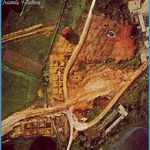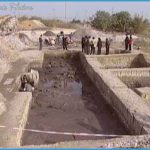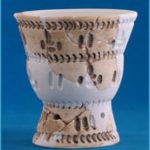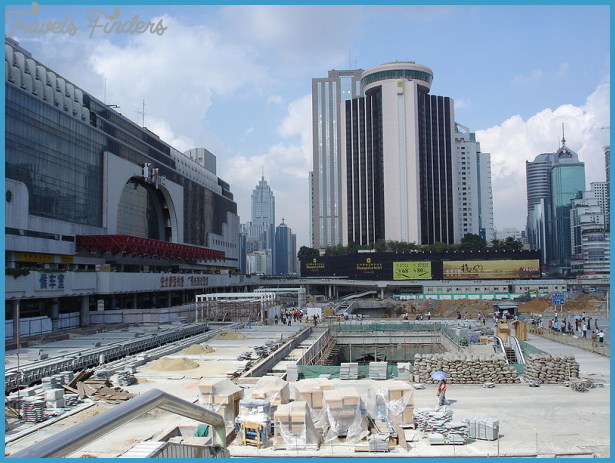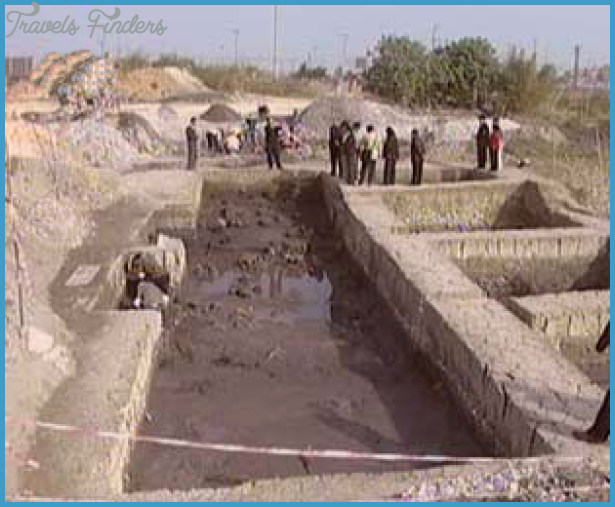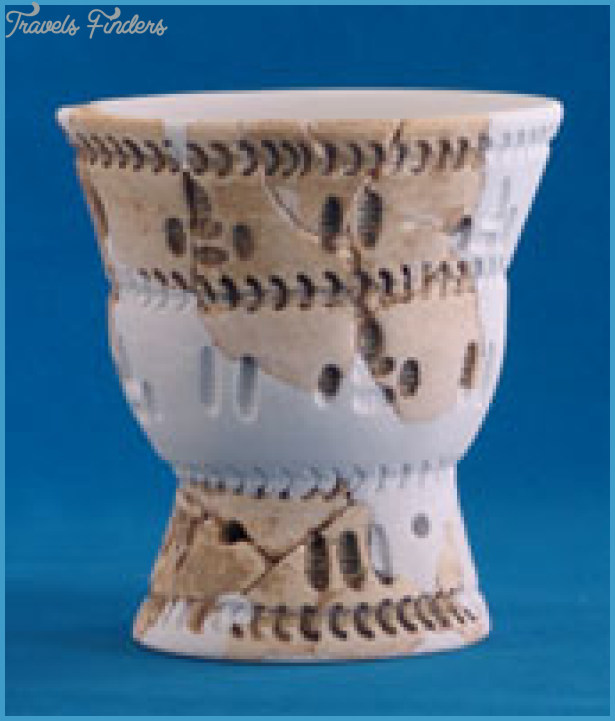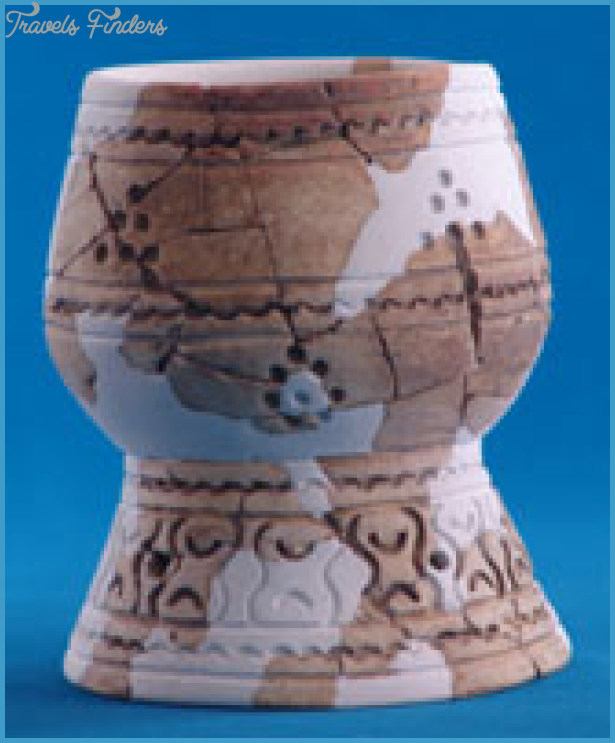The history of archaeology in China is the history of construction. Some of the first great advances in Chinese archaeology came in the late nineteenth and early twentieth centuries with the building of the railways. As the steam shovels moved along the line of track they couldn’t help but unearth wonderful artefacts of great antiquity. Even in the Mao period, archaeology wasn’t silent. Projects such as the demolition of Beijing’s ancient city walls unearthed all sorts of stuff. Sometimes the motives of the archaeologists were political. Mao’s enemies within the Party likened him to Qin Shi Huangdi, the notoriously despotic and cruel first Emperor of a united China. Mao wore it like a badge of honour and encouraged moves to explore Qin Shi Huangdi’s tomb. This resulted in the unearthing of the famed terra cotta warriors.
But if you put all the construction schemes of the past hundred years together, they pale into insignificance with the building of Shenzhen. And an explosion of archaeological work accompanied this construction.
The oldest of these sites is a 7000 year old site at Xiantouling, a dune site on Mirs Bay several miles past Dameisha. The site has been explored for nearly twenty five years, but the piece de resistance was the 2006 discovery of pottery dating back 6000 to 7000 years.
There’s not much to see at archaeological digs and the best place to see what they found is the Shenzhen Museum. The Xiantouling site was named one of China’s top archaeological finds of 2006.




